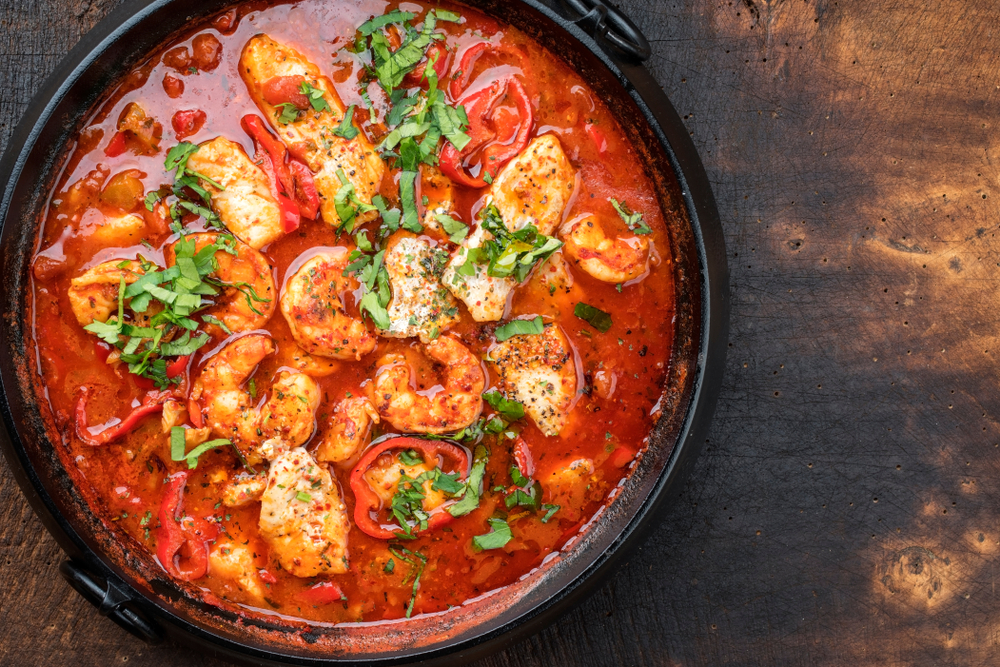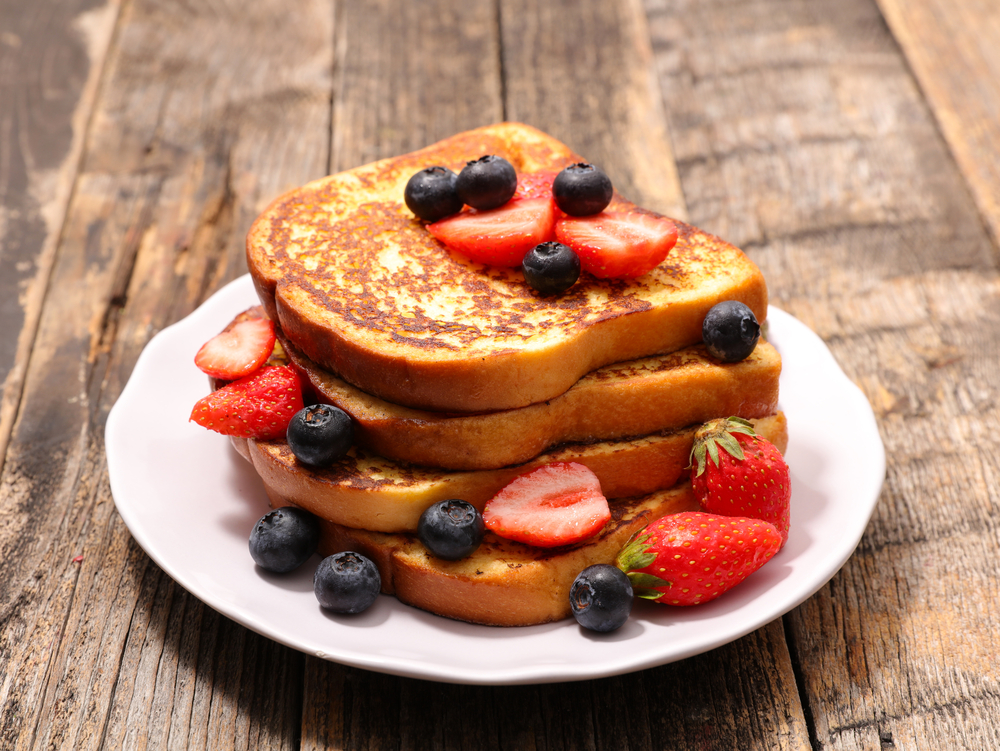Creative Reuse in the Kitchen
Food waste is a pressing global issue with far-reaching environmental and social implications. In our efforts to combat this problem, creative reuse in the kitchen emerges as a powerful solution. By finding innovative ways to repurpose food scraps, leftovers, and overlooked ingredients, we can significantly reduce food waste and contribute to a more sustainable food system. In this article, we will explore various techniques and ideas for creative reuse in the kitchen, inspiring you to embrace resourcefulness and make the most of the food you have.

Embracing the Versatility of Vegetable Scraps
In the quest to reduce food waste, it’s essential to recognize the potential of often-discarded vegetable scraps. These seemingly insignificant parts, such as carrot tops, celery leaves, and onion peels, are packed with flavor and nutrients that can be harnessed through creative reuse in the kitchen.
One excellent way to utilize vegetable scraps is by creating flavorful stocks and broths. By simmering the scraps with herbs, spices, and water, you extract their essence, transforming them into a nutrient-rich base for soups, stews, and sauces. Moreover, don’t forget about the power of vegetable scrap pestos. Blend ingredients like kale stems, beet greens, or herb stalks with nuts, garlic, olive oil, and parmesan cheese to create vibrant and aromatic pesto sauces that add a burst of flavor to pasta, sandwiches, or roasted vegetables. Embracing the versatility of vegetable scraps not only reduces food waste but also enhances the depth and complexity of your culinary creations.
Transforming Stale Bread into Delicious Delights
Stale bread is a common kitchen waste that can find new life through creative reuse. Instead of discarding it, consider transforming stale bread into an array of mouthwatering dishes. One classic way to repurpose stale bread is by turning it into breadcrumbs. Simply process the bread in a food processor until you achieve the desired texture. These breadcrumbs can be used as a versatile ingredient for breading fish or chicken, adding a crispy topping to casseroles, or binding together meatballs or veggie patties.
Another delightful way to revive stale bread is by creating bread pudding. Soak the bread in a mixture of milk, eggs, sugar, and spices, then bake it until it turns into a luscious, custard-like dessert. Additionally, stale bread serves as the perfect base for savory delights like French toast or Panzanella salad. By repurposing stale bread, you not only reduce waste but also transform it into delicious meals that celebrate resourcefulness in the kitchen.

Harnessing the Power of Food Preservation
Preservation techniques offer an excellent opportunity for creative reuse in the kitchen, allowing you to extend the shelf life of various ingredients. One such technique is pickling, which involves immersing vegetables in a vinegar-based solution to create tangy and flavorful pickles. Leftover cucumbers, carrots, or radishes can be transformed into crunchy, zesty delights that complement sandwiches, salads, and charcuterie boards.
Another preservation method is fermenting, which not only enhances the shelf life of vegetables but also introduces beneficial bacteria and enzymes. Fermented vegetables like sauerkraut and kimchi not only add a tangy and probiotic-rich element to your meals but also contribute to improved gut health. Canning is yet another way to preserve seasonal fruits and vegetables. By sealing them in jars, you can enjoy homemade jams, jellies, and preserves long after the harvest season ends. By harnessing the power of food preservation, you can reduce waste, savor the flavors of seasonal produce year-round, and add a delightful twist to your meals.
Reviving Leftovers with Creative Reinvention
Leftovers often get neglected, but with a dash of creativity, they can be transformed into exciting new dishes. Don’t let yesterday’s roasted chicken go to waste; shred the meat and use it as a filling for tacos, sandwiches, or salads. You can infuse it with different seasonings or sauces to create fresh flavor profiles. Cooked vegetables, like roasted or steamed ones, can be repurposed into hearty soups by blending them with broth and seasonings. They can also serve as the star ingredient in vibrant frittatas or quiches, adding color and flavor to these versatile dishes. Additionally, you can combine various leftover ingredients to create unique stir-fries, grain bowls, or pasta dishes.
By reviving leftovers, you not only minimize food waste but also save time and effort in the kitchen. It’s an opportunity to experiment with flavors, textures, and combinations, resulting in delicious and sustainable meals.
Maximizing Ingredient Use through Meal Planning
Efficient meal planning plays a vital role in reducing food waste and maximizing ingredient use. By carefully considering the ingredients you have on hand, you can plan meals that optimize their utilization and minimize waste.
For example, if you have a bundle of fresh herbs, plan dishes throughout the week that incorporate them, ensuring none go to waste. You can use them in salads, marinades, soups, or homemade sauces. Furthermore, meal planning helps prevent impulse purchases and ensures that perishable ingredients are used before they spoil. By creating a shopping list based on your meal plan and sticking to it, you avoid buying unnecessary items that might end up wasted. Proper meal planning not only reduces food waste but also saves money and encourages mindful consumption in the kitchen.
Conclusion
In the pursuit of reducing food waste, creative reuse in the kitchen offers a practical and enjoyable solution. By embracing the versatility of vegetable scraps, repurposing stale bread, harnessing food preservation techniques, reviving leftovers with creative reinvention, and implementing effective meal planning, we can minimize waste, celebrate resourcefulness, and contribute to a more sustainable food system. Let’s embark on this journey of culinary creativity, where no ingredient is left behind, and every meal becomes an opportunity to make a positive impact on the environment and our own well-being.


